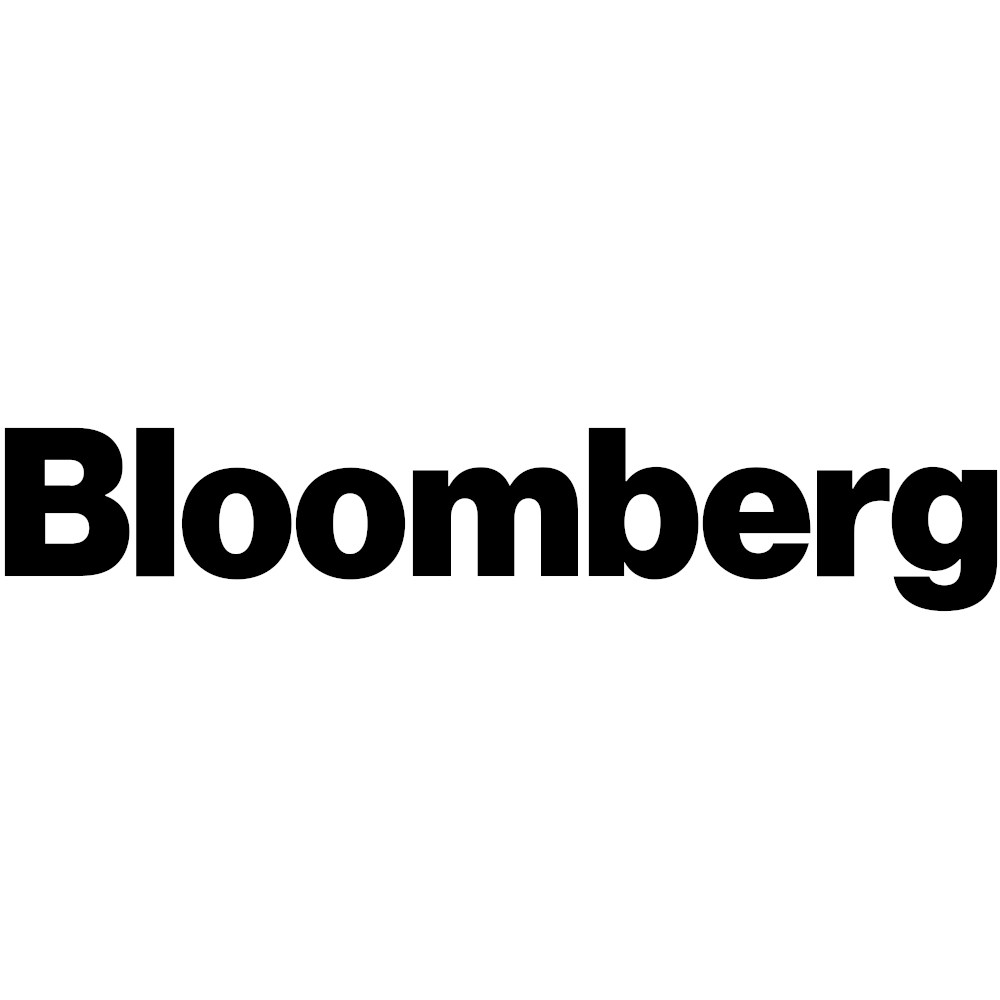Treasury Yields Rise Sharply, Pricing In a Fed Rate Hike by June

By: Michael Mackenzie–Short-maturity Treasury yields jumped Friday, pricing in a quarter-point rate increase from the Federal Reserve by June, spurred in part by an unexpected surge in a gauge of consumer inflation expectations.
Two- and three-year yields, more sensitive than longer maturities to changes in the Fed’s policy rate, rose more than 15-basis points before stabilizing. Benchmark yields retained the bulk of their rise late in New York. Rates across the spectrum reached their highest levels of the week, with the 10-year climbing as much as 9 basis points to 3.53%. The dollar strengthened 0.4% against a basket of major currencies.
The selloff, intense despite mixed retail sales data, initially drew force from hawkish comments by a central bank governor. The two-year later rose as high as 4.13% after a University of Michigan sentiment gauge exceeded expectations, while one-year expected inflation rose the most in nearly two years.
“The Michigan numbers confirm that consumers are still fearful of higher inflation in the short-term while the growth numbers remain challenged,” said Gregory Faranello, Head of US Rates Trading and Strategy for AmeriVet Securities. “It still feels like stagflation.” Treasury yields remain well off year-to-date highs reachedin early March before a series of bank failures dented expectations for the economy.
Fed Governor Christopher Waller, discussing the economic outlook in a speech Friday, acknowledged the potential for bank strains to do damage, but said rates need to rise further andremain high for a substantial period because inflation is still too high.
Swap contracts tied to the next two Fed meetings in May and June repriced to levels consistent with at least one quarter-point hike from the current policy rate range of 4.75%-5%. Swaps priced in 22 basis points of tightening for the May meeting and 25-basis points for June. Swaps for later this year still anticipate around 60-basis points of rate cuts from an expected peak of 5.1% in June to 4.45% by year-end. The thinking is that last month’s regional bank failures may still have economic repercussions as lendingstandards tighten.
The front-end-led weakness caused a flatter yield curve. The two-year was trading as much as around 60 basis points above the 10-year, some 7 basis points flatter on the session. Thatspread inverted by a historic 120 basis points in early March. While US retail sales fell for a second month in March, the core readings, subtracting the auto and gas components, declined less than estimated, and that prompted additional selling in short-maturity Treasuries.



